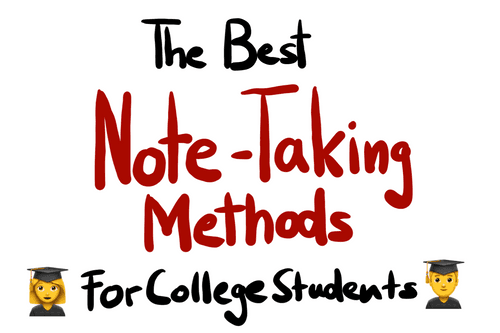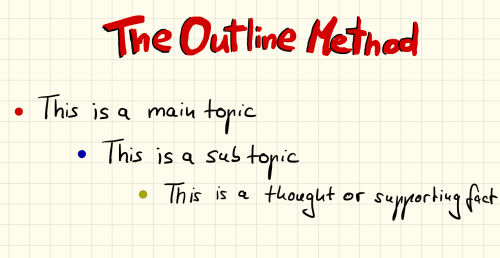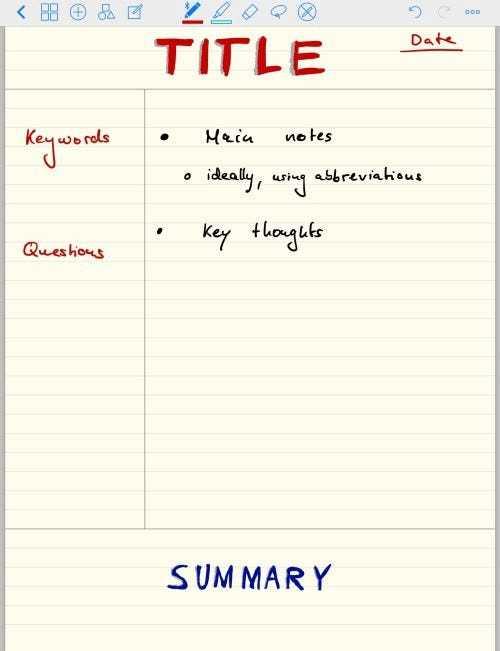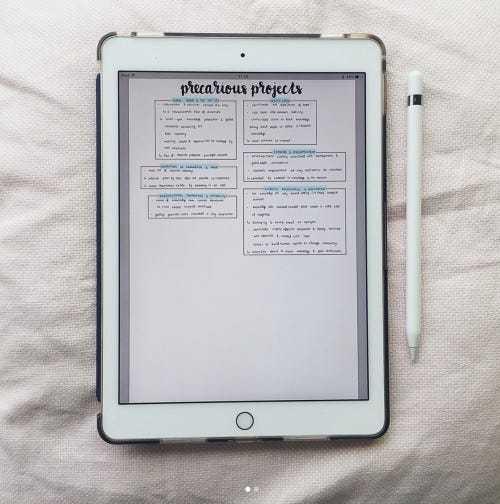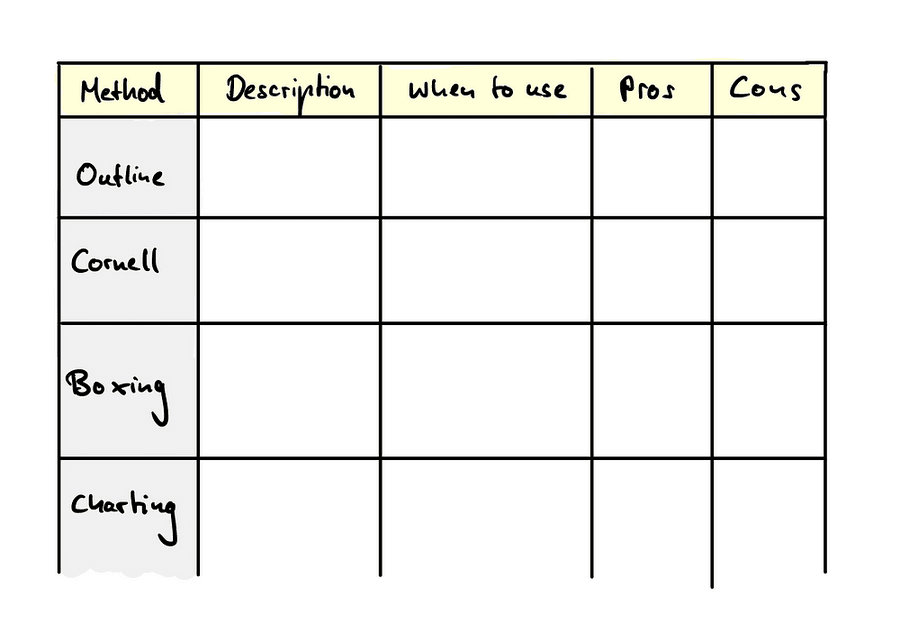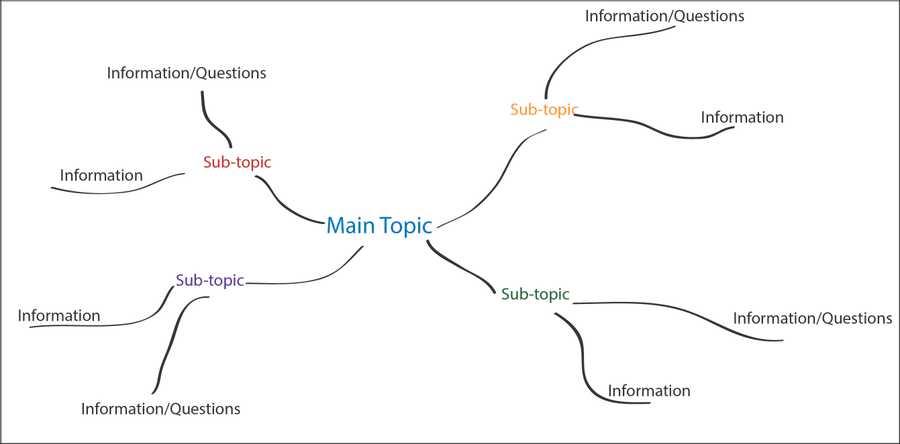The Best Note-Taking Methods
Curated from: medium.goodnotes.com
Ideas, facts & insights covering these topics:
5 ideas
·79.9K reads
228
2
Explore the World's Best Ideas
Join today and uncover 100+ curated journeys from 50+ topics. Unlock access to our mobile app with extensive features.
The Outline method
It requires you to structure your notes in form of an outline by using bullet points to represent different topics and their subtopics.
Start writing main topics on the far left of the page and add related subtopic in bullet points below using indents.
5.32K
23.4K reads
The Cornell Method
- The page is divided into 3 or 4 sections (top for title and, bottom for summary, 2 columns in the center).
- 30% of width should be kept in the left column while the remaining 70% for the right column.
- All notes go into the main note-taking column.
- The smaller column on the left side is for comments, questions or hints about the actual notes.
5.67K
16K reads
The Boxing Method
All notes that are related to each other are grouped together in a box.
A dedicated box is assigned for each section of notes which cuts down the time needed for reading and reviewing.
Apps are especially helpful for this method because content on the page can be reordered or resized subsequently.
5.09K
13.6K reads
The Charting Method
It is an ideal method for notes that involve a lot of information in form of facts and statistics, that need to be learned by heart.
The information will be organized in several columns, similar to a table or spreadsheet. Each column represents a unique category which makes the rows easily comparable.
4.82K
11.5K reads
The Mapping Method
Helps organize your notes by dividing them into branches, enabling you to establish relationships between the topics.
Start with writing the main topic at the top of the map. Keep dividing it into subtopics on the left and right as you go down
4.91K
15.1K reads
IDEAS CURATED BY
Carson 's ideas are part of this journey:
Learn more about problemsolving with this collection
How to break bad habits
How habits are formed
The importance of consistency
Related collections
Similar ideas
5 ideas
Best Note-Taking Methods | Productive Fish
productive.fish
7 ideas
3 Note Taking Strategies of Highly Successful Entrepreneurs and Leaders
blog.remarkable.com
10 ideas
The Ultimate Guide to Note-Taking
katemats.com
Read & Learn
20x Faster
without
deepstash
with
deepstash
with
deepstash
Personalized microlearning
—
100+ Learning Journeys
—
Access to 200,000+ ideas
—
Access to the mobile app
—
Unlimited idea saving
—
—
Unlimited history
—
—
Unlimited listening to ideas
—
—
Downloading & offline access
—
—
Supercharge your mind with one idea per day
Enter your email and spend 1 minute every day to learn something new.
I agree to receive email updates
